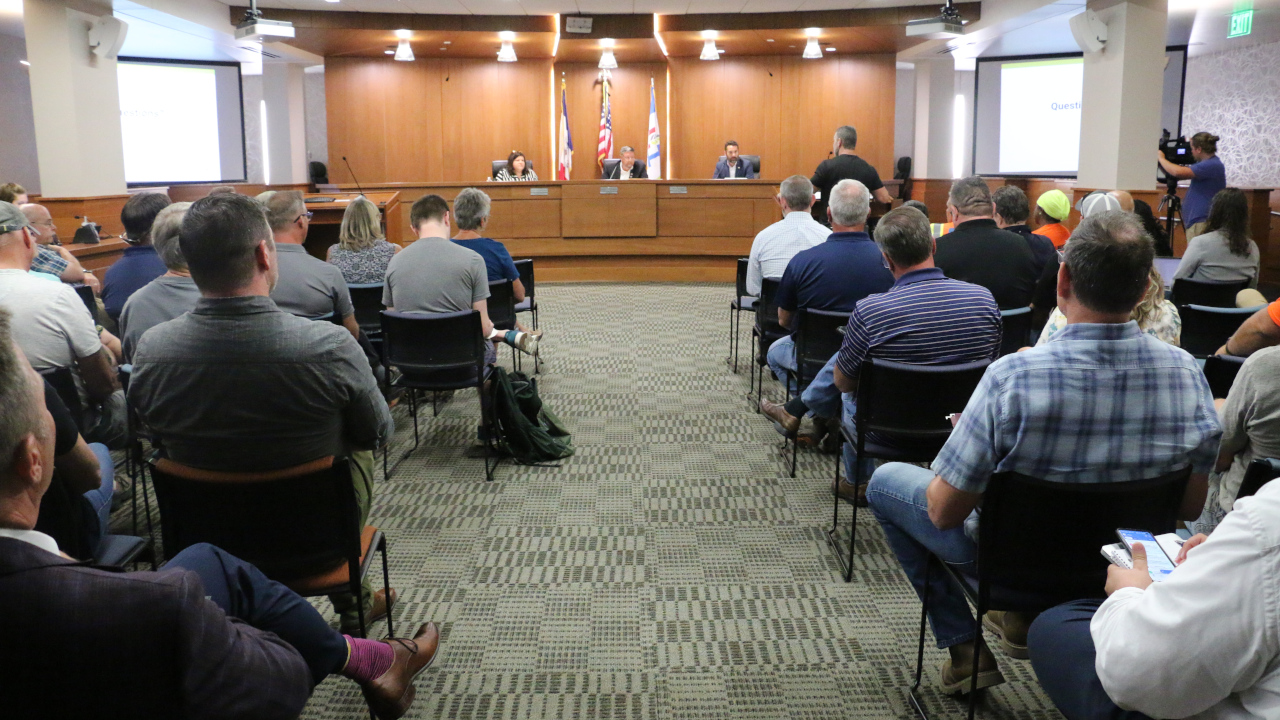
Proposed revisions to Linn County’s utility-scale solar ordinance are now one step closer to approval – but the revisions have already been further revised, with even more changes likely before the proposal is finally approved. After a two-hour public hearing at the Jean Oxley Public Service Center Tuesday that included input from 21 commenters, the […]
Already a subscriber? Log in
Want to Read More?
Get immediate, unlimited access to all subscriber content and much more.
Learn more in our subscriber FAQ.
- Unparalleled business coverage of the Iowa City / Cedar Rapids corridor.
- Immediate access to subscriber-only content on our website.
- 26 issues per year delivered digitally, in print or both.
- Support locally owned and operated journalism.
Do you want to read and share this article without a paywall?
Click here to purchase a paywall bypass linkProposed revisions to Linn County’s utility-scale solar ordinance are now one step closer to approval – but the revisions have already been further revised, with even more changes likely before the proposal is finally approved.
After a two-hour public hearing at the Jean Oxley Public Service Center Tuesday that included input from 21 commenters, the county’s board of supervisors approved the first reading of the proposed ordinance revisions.
The process of revising the 50-page ordinance was launched in the wake of officials’ extensive review – and eventual approval – of three utility-scale solar projects, including the Coggon Solar project and the Duane Arnold Solar I and II projects, all located in Linn County.
In the wake of those approvals, the board of supervisors implemented a moratorium in October 2022 on consideration of new utility-scale solar projects in Linn County, while four county-appointed committees examined issues raised in the contentious approval processes and drafted reports suggesting changes in county solar policies.
Those committees included:
- Good Neighbor Practices, which discussed setbacks and screening;
- Battery Energy Storage Systems, which discussed placement and safety considerations;
- Balancing Agriculture and Solar, which discussed vegetation requirements and agrivoltaic considerations; and
- Lifecycle Costs, which discussed decommissioning plan requirements and considerations, operation and maintenance plan requirements and considerations.